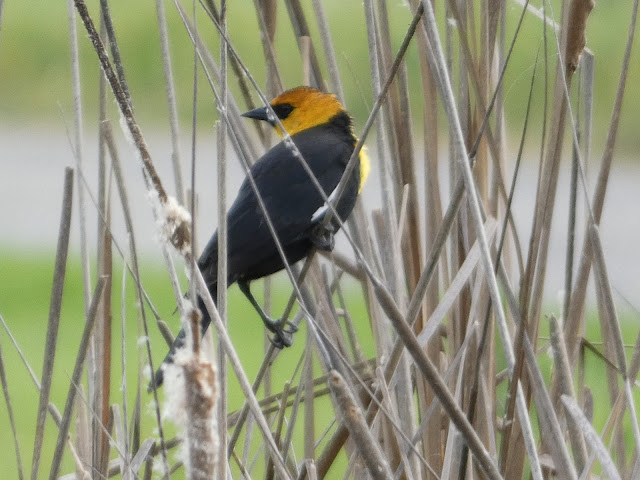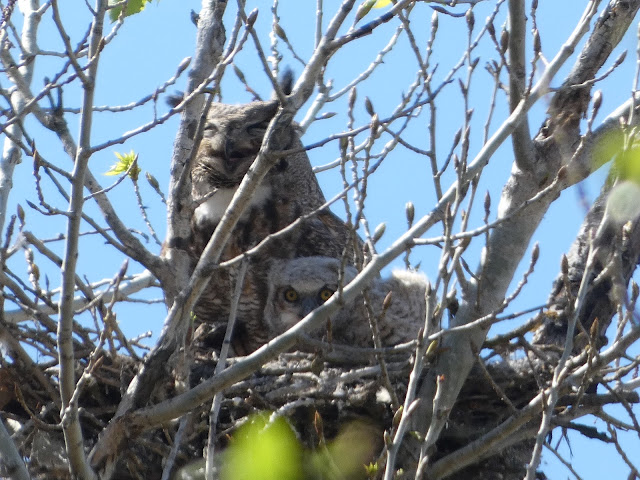I know today is Superb Owl Sunday, but I was surprised to see all kinds of headlines about it in the newspaper and on the internet. And I'm really confused about what the San Francisco 49ers have to do with bird-watching. I mean, I could see it if we were talking about the Seattle Seahawks, or the Atlanta Falcons or some such. But in any case, HAPPY SUPERB OWL SUNDAY!
Here are some of my owl shots to celebrate with. The first one is a Great Horned Owl (
Bubo virginianus). We were at the Merced National Wildlife Refuge where we almost always see some nesting owls at this time of year.
The second picture is a Burrowing Owl (
Athene cunicularia) that I saw a few years back on the north shore of Turlock Lake, in the midst of the California prairie. They are never abundant in our county
The last picture is a Hawaiian Short-eared Owl, or Pueo (
Asio flammeus sandwichensis). To say it my most recent picture is technically correct, but it is also my only picture of a Pueo. I took it in 2009 while traveling with students on the island of Kauai. The owl is native to Hawaii, and is a subspecies of the widespread Short-eared Owl.
Have a great Superb Owl Sunday, and happy hunting for your own owls. I mean, what else are you gonna do today?
(Note: this is a replay of a blog that appeared the last time the 49ers were in the Super Bowl).


















